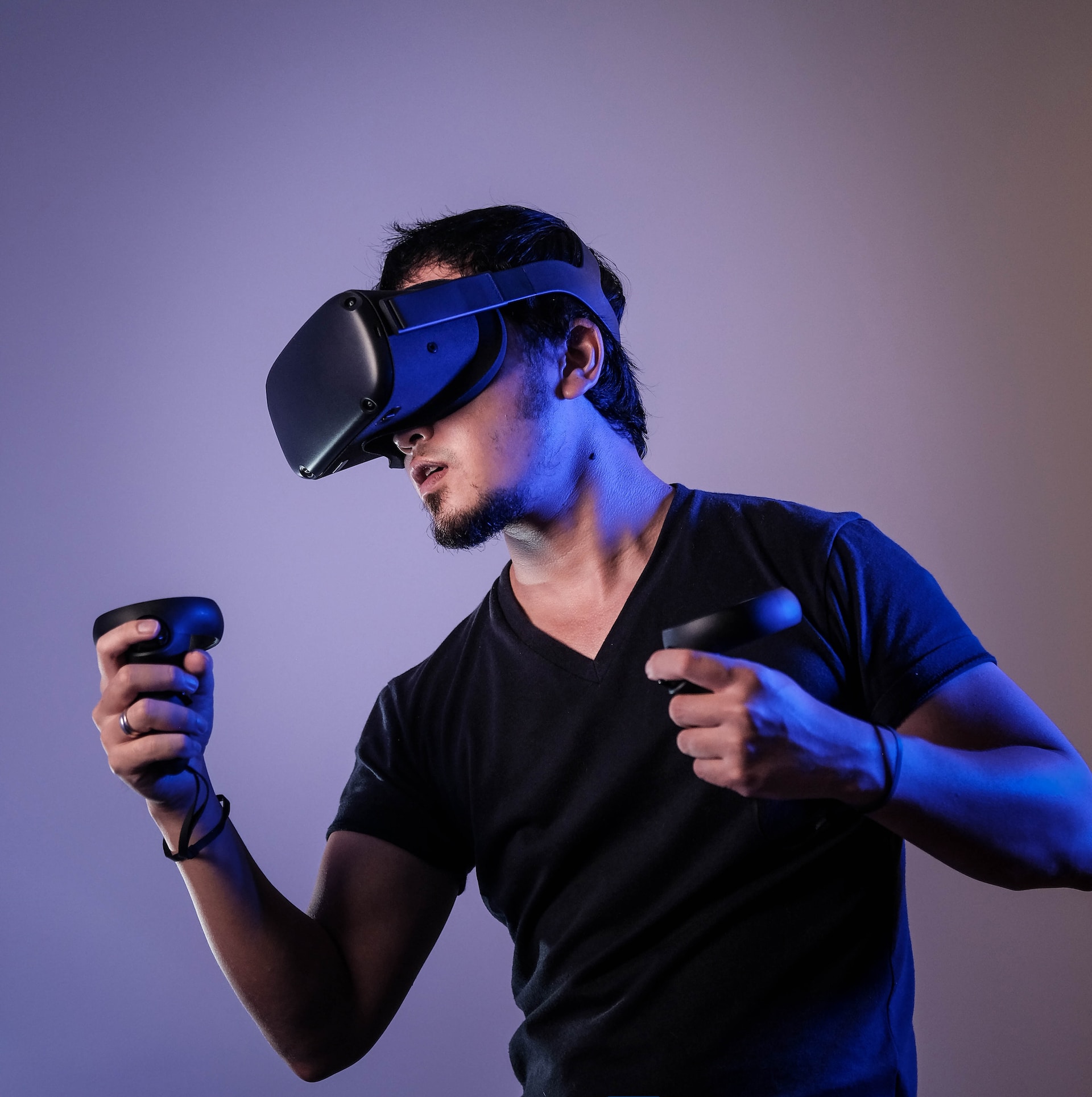Unveiling the Significance of Frame Rate in Virtual Reality Headsets
Virtual reality (VR) has emerged as a revolutionary era that has changed the way we interact with the digital world. To fully immerse users in a simulated environment, virtual reality headsets depend on one vital factor: body weight. Frame charge, measured in frames per second (fps), refers to the quantity of person images displayed per second. This plays an essential role in figuring out the smoothness and realism of the VR experience.
Table of Contents
Effect of frame rate on Virtual Reality immersion
Frame rate directly affects the perceived fluidity and realism of VR experiences. The higher body costs bring about smoother transitions among snapshots, creating a continuing and immersive experience for customers. Conversely, low frame fees can cause considerable stuttering, which can impact the overall VR experience.
Frame rate and motion sickness
The human visible gadget is aware of processing a non-stop stream of records, like excessive body fee video. When the body temperature drops, the mind struggles to fill the space, leading to disorientation and movement sickness. In VR, it is crucial to maintain a regular and high body price to save you motion sickness and make certain a snug and enjoyable experience for customers.
Factors affecting frame rate
Several factors contribute to frame rate performance in VR headsets:
- Hardware: The processing power of the VR headset and connected computer has a significant impact on the frame rate. More powerful hardware can render complex scenes and maintain higher frame rates.
- Software: The efficiency of VR software and games plays an important role in frame rate. Well-optimized software can achieve high frame rates while maintaining visual quality.
- Visual complexity: The complexity of the virtual environment directly affects the frame rate. Detailed scenes with many objects and complex lighting require more processing power, potentially reducing frame rates.
Optimizing frame rate for a better Virtual Reality experience
To ensure a smooth and enjoyable VR experience, users can consider several strategies:
- Hardware Upgrade: Consider upgrading the VR headset, graphics card, or computer processor to increase processing power and improve frame rate performance.
- Software Optimization: Make sure VR software and games are updated to the latest versions, as updates often include performance improvements.
- Graphics Settings Adjustments: Adjust graphics settings within VR applications, such as reducing antialiasing or reducing texture quality, to reduce processing burden and potentially boost frame rates.
- Physical environment management: Close unnecessary applications and background processes to free up system resources and potentially improve frame rate performance.
Conclusion
Frame rate is a critical element in the virtual reality experience, directly affecting its smoothness, realism, and user comfort. By understanding the effect of frame price and implementing optimization techniques, customers can maximize their VR immersion and minimize any capacity issues related to movement illness. As the VR era continues to adapt, frame rate optimization will continue to be a vital factor of turning in amazing VR reviews.
